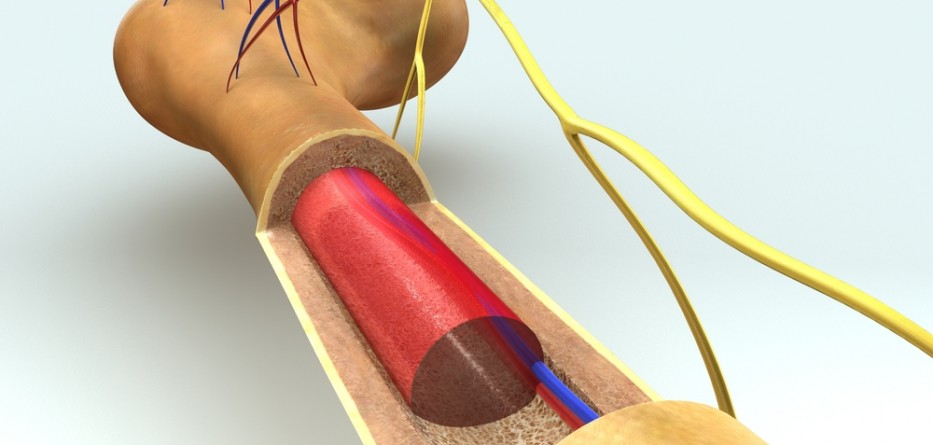There are numerous drug families used in the treatment of multiple myeloma. Patients may be either prescribed one type of medication on its own or in conjunction with other medications. One of the most commonly preferred drug families used in the treatment of multiple myeloma is known as proteasome inhibitors.
The Role of Proteasome Inhibitors
There are three standard proteasome inhibitors that are currently used in the treatment of multiple myeloma: , , and Ninlaro.
The FDA approved the use of this group of medications (proteasome inhibitors) for the treatment of multiple myeloma back in 2003. Proteasome inhibitors work by hindering the action of proteasomes. A proteasome is a type of enzyme present in cells that is responsible for overseeing the elimination of faulty proteins. Blocking the action of proteasome results in the buildup of faulty proteins, which leads to the destruction of cancerous cells.
While this process may have a detrimental effect on some healthy cells as well, it mostly targets myeloma cells which have been found to be more responsive to the action of proteasome inhibitors.
The FDA approved the use of (carfilzomib) in early 2016. Taken intravenously, is either used in conjunction with or as part of a combination therapy that is comprised of and in patients with refractory myeloma who have been on one to three different treatment protocols. The medication is also approved for those with relapsed and refractory myeloma who have a history of at least one form of therapy. side effects include muscle pain, headaches, lethargy, poor sleep quality, and digestive issues such as constipation and nausea.
Ninlaro
Also known as ixazomib, the FDA approved the use of Ninlaro in late 2015. Ninlaro is the first proteasome inhibitor that can be taken orally, eliminating the need for injections. Ninlaro is usually taken in conjunction with and and is approved for those who have been in treatment for their disease at least once. Ninlaro’s side effects are nausea, constipation, diarrhea, backaches, neuropathy, and a decreased load of blood platelet.
Featured Image: DepositPhotos@sciencepics



